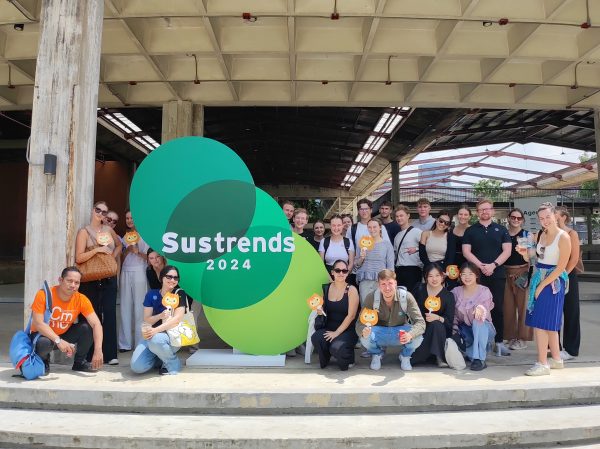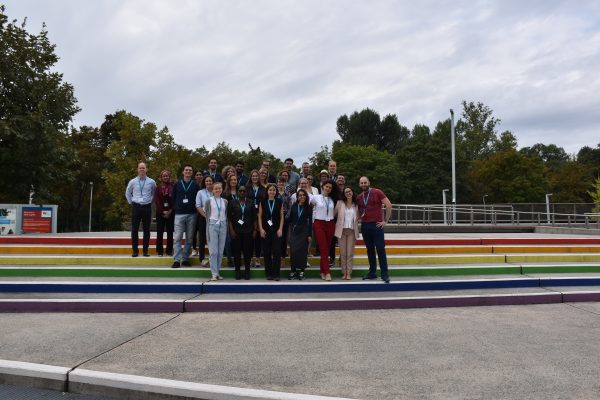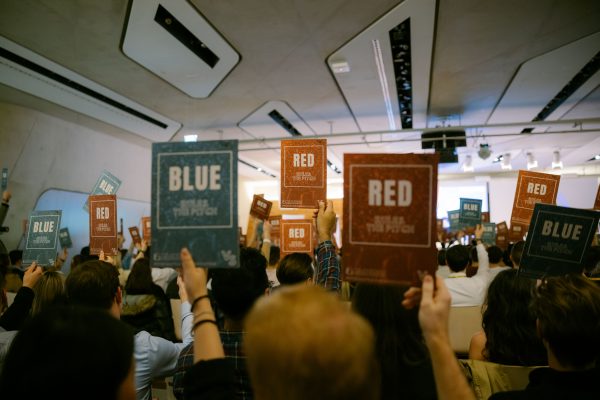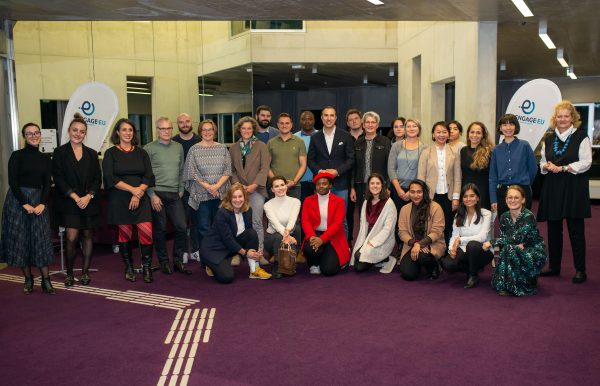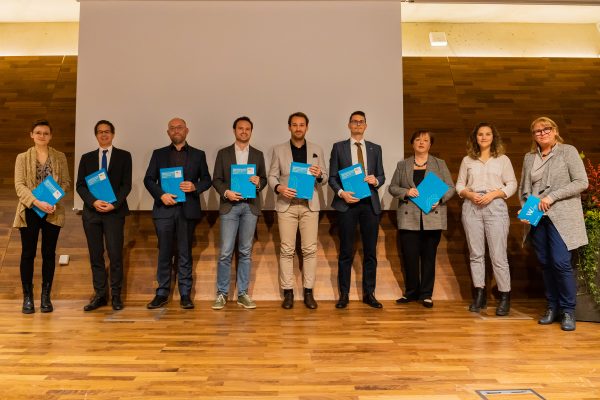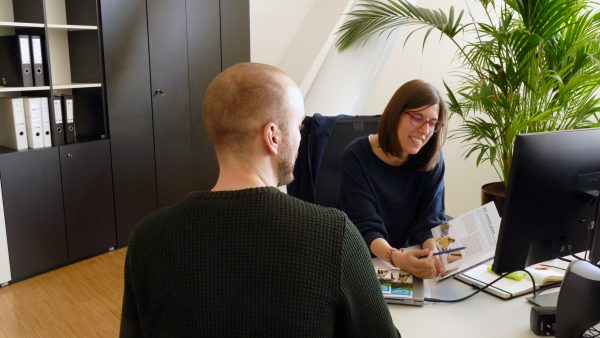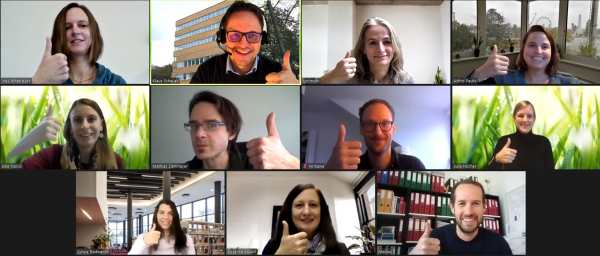Born unequal: celebrating heterogenity within the customer-base
1. Understand the importance of customer value
Yet, many firms ignore the first step and often focus on harvesting the profits from their current customer base, which constitutes an attractive strategy in the short run, but an unsustainable one in the long run. Failing to understand the individual value of a customer lies on fallacy that all customers are equal and such belief implies that firms will fall short of optimally meeting their customers’ needs. While it is clear that this question lies in the core of many short and long term decisions, its answer remains blurrier than most CEOs and CMOs would care to admit.
2. Quantify the value of a customer
In order to quantify the value of a customer, it is important to estimate the duration of the relationship and the value associated with subsequent transactions. In addition, it is important to establish a priori the nature of the relationship, by differentiating between a contractual and a non-contractual setting. The latter is particularly challenging for marketing and customer analysts, because in such a situation organizations never know with certainty whether a specific customer is still with the company or has silently defected. During the workshop, we learned a lot about the mechanics of so-called probability models that can be used to characterize customer behavior in such settings and on how to use them in practical settings as state-of-the-art approaches towards customer-base analysis (often requiring nothing more than an Excel spreadsheet for complete model implementation).
About the Workshop:
Wharton Professor Peter Fader and Bruce Hardie (London Business School) have dedicated their academic careers to creating models that help marketers answering these questions and are widely credited as the most influential authors in the field. In an initiative organized by the Institute for Service Marketing, on the 17th and 18th of May the scholars joined us at WU to share their findings in a workshop titled “Probability Models for Customer-Base Analysis”. During this workshop, besides exploring the modeling techniques adopted to study the issues of customer lifetime value (CLV), participants had the chance to get acquainted with some of the history of customer-base analysis and the governing principles of the field. The event was also used as an opportunity to discuss the future of the field, and the need to foster the application of these models among practitioners and to promote a customer-centric mindset among marketing managers.
For similar future events and further references on research on Customer Centricity (CC) and Customer Lifetime Value (CLV) conducted at WU Vienna check Michael Platzer and Thomas Reutterer on “Timing Regularity Helps to Better Predict Customer Activitiy”
#clv #customer-centricity #crm #marketing #customeranalytics #research


